Essentials for Fall Planting
“Autumn is a second spring when every leaf is a flower.”
— Albert Camus
Many trees, shrubs and perennials benefit from fall planting. While the soil is still warm and lower temperatures are on the way, planting in the fall has shown to promote strong root development and successful establishment of plants. Ideal planting times are early September thru mid-October. Conifers benefit from an earlier start as they prefer warmer soil temps, though you can plant any time the ground is not frozen. The goal is to finish your fall planting at least 6 weeks before the first expected frost date.
When thinking of planting perennials, I always start with pollinators in mind. This helps to alleviate stress that bee populations start to feel as the days get shorter, and pollen becomes scarcer. And, as you’ve read from previous blogs, Bees are important to maintaining a balanced ecosystem and landscape heath. Ornamental oregano, Black- eyed Susan, and Mint are a few fall favorites. Mint is a bee favorite with blooms that last late into the cold season.
Whether you’re thinking of the bees or not, there are a few best practices when planting in the fall:
1. Choose a healthy plant from the nursery: Does it look fresh? Are the leaves free of disease? Does it have a nice shape? Talk with your nursery about your choice and if it is right for you and your landscape.
2. The “Right Plant/Right Place” rule: I do so love a beautiful Japanese maple, but too often I see them planted right up against the house, or a fence, without the ultimate size of the tree in mind. Maples are super cute when they’re little, but they need the space to grow into the mature specimens they will ultimately be. This is true for all trees and shrubs!
When getting ready to plant, make sure to check on the mature size and width needed for long term health. Putting your plant in the right place will also reduce pruning time. Ideally, no pruning will be necessary because you gave your tree the space it needed to grow. (More on pruning and tree health in a future blog.)
3. Planting: Dig your hole 2 to 4” wider than the root ball of your tree or shrub, but only as deep as your root ball. This may seem like different information then we have been told in the past, but the goal here is to have the top of your root ball right at the level of the existing ground to prevent the tree from settling.
Once planted, use the soil you dug out to back fill the hole. If you backfill with just compost or other ‘good’ soil’ your roots will want to stay in this nice place you’ve created and not spread out in a healthy way. Also, if your soil does not drain well or needs more to backfill, I recommend mixing new soil with the native soil to support a healthy root system.
By backfilling with the native soil your roots will want to uniformly spread out as they will not just be happy in their little composted hole.
*Design tip: Before backfilling your plant, take a step back and look at its position. Think about your viewing vantage and adjust to make sure your tree or shrub has its best side facing forward for maximum enjoyment.
4. Mulch: After planting and back filling your hole, mulching is next. Apply 2-4” of organic mulch over the planted area, but DO NOT allow the mulch to touch the stem or trunk. Mulching helps retain moisture & keeps weeds at bay. I like to use arborist chips or leaf mulch. Leaf mulch is readily available in most of our yards in the fall and it’s free! Mulching also helps in the summer to keep the roots cool. I’ve been mulching newly planted natives in my woods with arborists chips and haven’t watered them this summer, and they are doing great!
5. Watering: While mulching helps to reduce watering needs on certain plants, most will need regular watering, even in the fall, as each plant has its own watering needs. Keeping your newly planted tree, shrub or perennial watered will help it get off to the right start. The first year is essential, but keep in mind typical Root Systems can extend outward 2-4x the diameter of the tree crown which means a larger area will need water during the first few years to get your plants established. That means, water beyond the base and water deep!
I recommend watering the first two years, and then only when we are expecting very high temps over the following years. Overwatering and underwatering can inhibit good root development and is one of the most common planting errors made. Let us know if you have any questions about the watering needs of your plants!
6. Young Tree Support: Staking isn’t always necessary, but it can help in areas of high wind or a particularly tall tree. Adding stakes to your trees will help in giving the tree stability while it is developing its new roots.
In summary, consider height, location, light needs, soil conditions and watering needs to get your plants growing in the right direction.
Planting your own garden is incredibly satisfying and I look forward to hearing about your experiences. In the meantime, come by the nursery if you have any questions or just want to talk plants. It’s our favorite subject!

